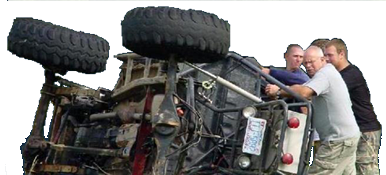rockcity
everyday is a chance to get better
- Joined
- Apr 10, 2005
- Location
- Greenville, NC
I have a project…
And need a couple pieces of 2” angle iron rolled to a 38’-6” radius. Total of about 12-15’ long. Both of them leg in and opposite hand of each other. Basically going to use them as parallel tracks that I can use to install my sawmill cutting head on to cut curved timber beams for my house.
Anyone have a way to roll these? I’d assume it would probably be reasonably easy on a tube roller with some die changes or adjustments. Maybe?
I know I can order them from a metal fabricator but we aren’t getting all that fancy here.
And need a couple pieces of 2” angle iron rolled to a 38’-6” radius. Total of about 12-15’ long. Both of them leg in and opposite hand of each other. Basically going to use them as parallel tracks that I can use to install my sawmill cutting head on to cut curved timber beams for my house.
Anyone have a way to roll these? I’d assume it would probably be reasonably easy on a tube roller with some die changes or adjustments. Maybe?
I know I can order them from a metal fabricator but we aren’t getting all that fancy here.



